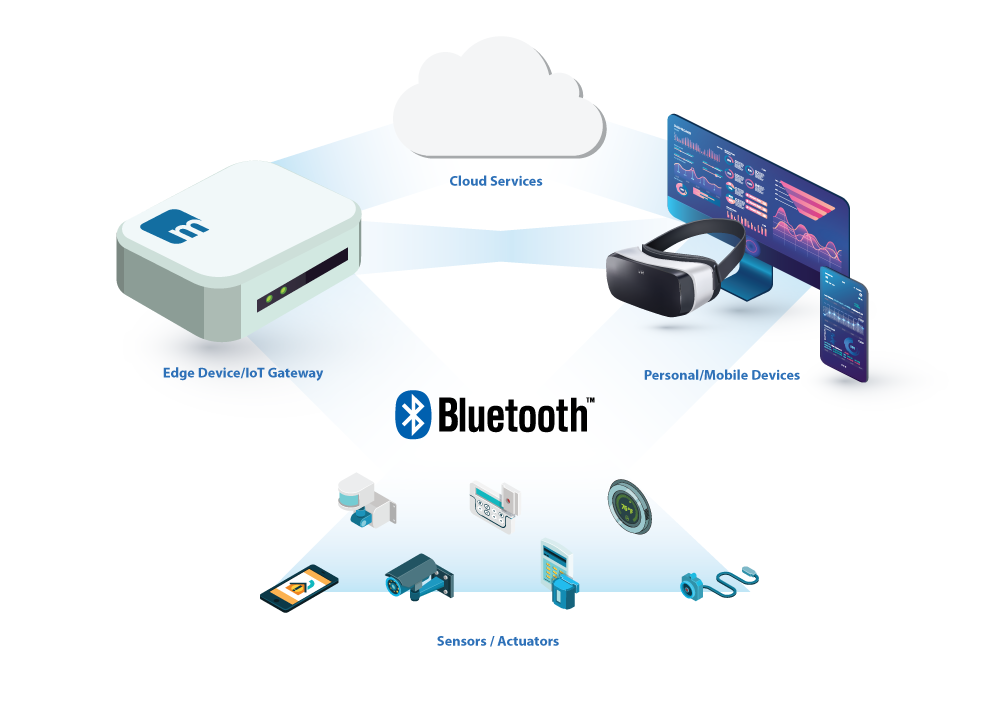BLE IN IOT(Bluetooth Low Energy)
Introduction
Imagine a world where tiny devices communicate seamlessly, consuming minimal power while delivering maximum efficiency. This is the promise of Bluetooth Low Energy (BLE) in the Internet of Things (IoT). BLE is a wireless communication technology designed to offer robust connectivity with significantly lower power consumption compared to traditional Bluetooth. This makes it an ideal choice for IoT applications where battery life is critical. From smart homes and wearable fitness trackers to industrial automation and healthcare monitoring, BLE enables a myriad of devices to connect and interact efficiently. Its low energy requirements ensure that sensors and gadgets can operate for extended periods on small batteries, making BLE-powered IoT solutions both practical and cost-effective. With BLE, the future of IoT is not just connected but also energy-efficient, paving the way for innovative applications that enhance our everyday lives.

What is Bluetooth Low Energy (BLE) in the Internet of Things (IoT)?
Bluetooth Low Energy (BLE) is a wireless communication technology specifically designed for low-power and short-range communication. Introduced as part of the Bluetooth 4.0 core specification, BLE is tailored to provide robust connectivity while consuming significantly less power than classic Bluetooth. This makes BLE an ideal choice for the Internet of Things (IoT) applications, where efficient energy use is paramount.

Key Features of BLE IN IOT(Bluetooth Low Energy)
Low Power Consumption: BLE is designed to use minimal energy, enabling devices to operate for extended periods on small batteries, which is ideal for IoT applications.
Short-Range Communication: BLE operates effectively over short distances, typically up to 100 meters, suitable for most personal and small-scale IoT networks.
Fast Connection Times: BLE can establish connections quickly, allowing devices to transmit small amounts of data efficiently and intermittently.
High Data Transfer Rates: BLE supports data transfer rates up to 2 Mbps, making it suitable for applications that require quick transmission of data packets.
Mesh Networking: BLE supports mesh networking, allowing devices to communicate with each other over large areas by relaying data through intermediate devices. This is particularly useful in smart buildings and industrial applications.
